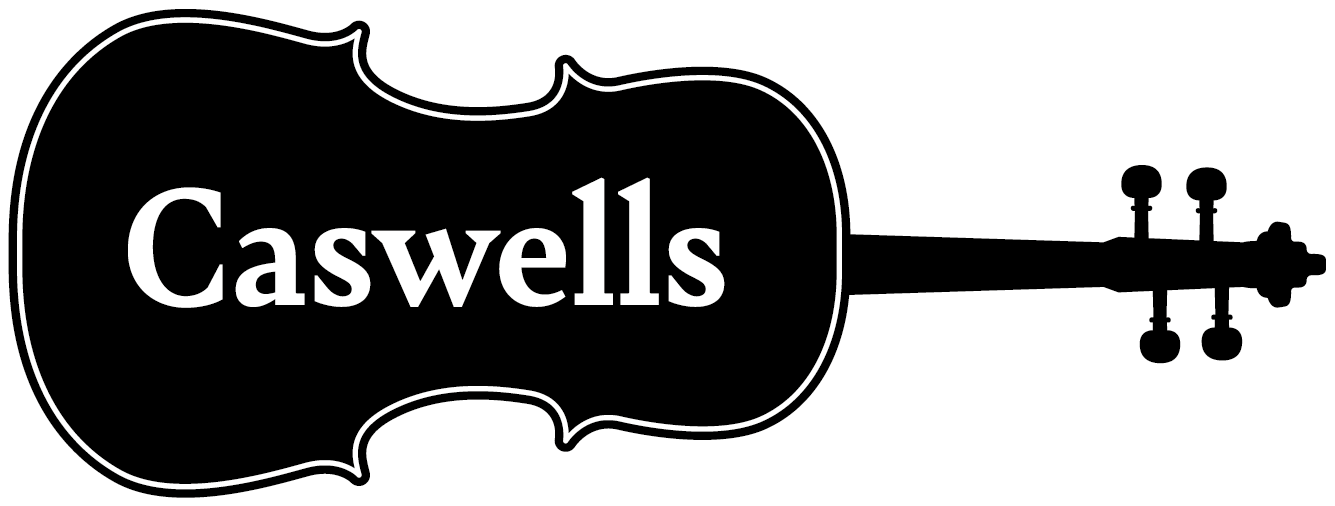How to choose your child’s first instrument
Choosing your son or daughter’s first musical instrument ought to be easy – but sadly that isn’t the case. These notes, which have been prepared for parents by two companies that specialise in supplying instruments for children and teenagers, might, hopefully, make life a little easier.
The most important first point is that you need to find a balance in what you buy. You don’t want to spend a lot of money on an instrument that your child might not continue to learn after a while, but equally you don’t want to buy an instrument that is so poorly manufactured that it is almost impossible to play. That really is a false economy.
The key point here is that as your child grows or their playing advances so will his/her needs. As time goes by all youngsters may need a bigger or better instrument.
But if this sounds like a long-term project of buying new instruments all the time, please don’t worry: if you buy an appropriate instrument of reasonable quality, you should always be able to sell it on if your son or daughter decides to move on.
Violins, Violas and Cellos
Just as with a car, a computer, or a garden table, “You get what you pay for”. And sadly there are many low cost instruments around that are actually unplayable.
For a starter violin you should expect to pay around £75 to £99. A cello will cost from around £310, in each case including a reasonable bow and basic case.
It is a better idea, though, to pay a bit more and get an instrument that will take your child through all the grades. If, for example, you’re finally buying a full size violin – buy the best you can afford.
This upgrade means paying between £200 to £400 or more for a violin with bow and case, and perhaps three times this amount for a cello. The upside is that your son or daughter will be making an enhanced sound, which is enjoyable and encouraging for the player and parent, and has an instrument which is worth something and which will last them a lifetime.
Flutes and Clarinets
Much the same applies to Woodwind instruments, where the problem can be the engineering. Although the instrument may be playable first off, it can become increasingly hard to assemble. The keys can bend, the pads leak and, of course, the child becomes discouraged. This results in a visit to the repairman where the cost of repair will be as much as the instrument cost in the first place. So paying a bit more at the start is again advisable.
If at all possible look out for known brands; a reasonable flute from a known name should cost from £139 to £300 and a clarinet £175 to £350 – including a decent case and the usual cleaning materials.
One word about buying on-line, however. The internet is where most of the more dubious instruments lurk, and although you might find an instrument advertised as being a particular brand, what turns up might simply be a fake.
So the best bet is to buy from a recognised supplier and get a free one-year service, which is important since problems can arise with instruments.
This advice note was prepared by Caswells Strings in association with Brass and Woodwind specialist Heritage Music. You are, of course, free to consult with any musical instrument retailer, but if you would like to have free advice on brands and models please do email lrt@heritagemusic.org.uk
You might also find the information on these two websites to be helpful in your search for your son or daughter’s first instrument…



